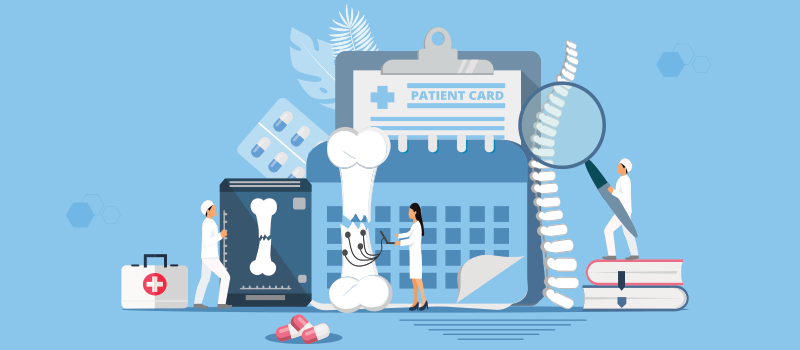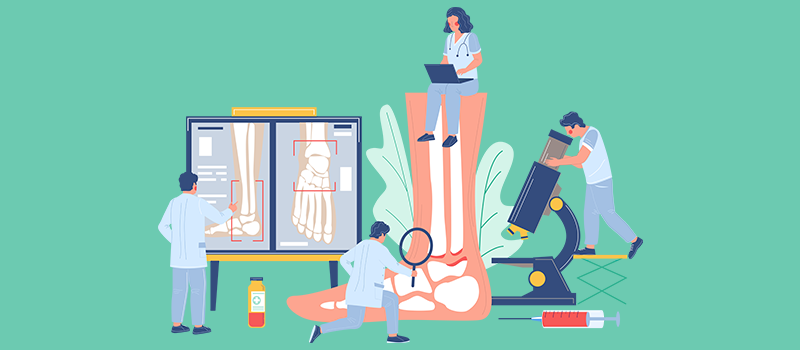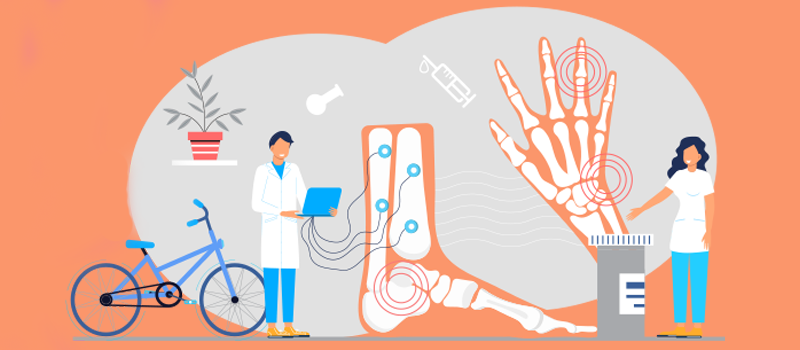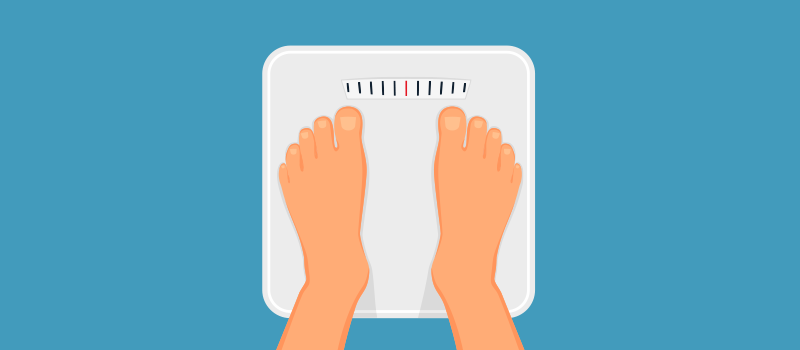What’s the Buzz
The Bee Healthy Blog
The Best Treatments for Arthritis

In the United States, 23% of all adults (54 million people) have arthritis[1]—a chronic disease that can cause pain and inflammation in the joints which sometimes leads to permanent changes and can affect other organs in the body. Arthritis can affect people of all ages, sexes, and races. It’s one of the country’s leading causes of work disability, with annual costs for medical care and lost earnings of $303.5 billion[1]. Arthritis treatment focuses on relieving symptoms and improving joint function. They may include medications, physical therapy, surgery, and certain lifestyle changes to help make daily life more manageable.
What is Arthritis?
Arthritis is not a single disease, but rather an informal way of referring to joint pain and inflammation. The main symptoms of arthritis are joint pain, swelling, stiffness, and decreased range of motion, which typically worsens with age. Symptoms vary from mild, moderate, to severe and can result in chronic pain, inability to do daily activities, and make it difficult to walk or climb stairs[2]. People with arthritis can also experience permanent joint changes such as knobby finger joints. In some cases, this ailment can even affect the heart, eyes, lungs, kidneys, and skin as well as the joints. There are over 100 different types of arthritis and related conditions[3]; the most common types include:
Osteoarthritis
This is the most common type of arthritis affecting more than 1 million people worldwide and is most common in people over 50 years of age. Osteoarthritis most commonly affects joints in your hands, knees, hips, and spine causing pain, stiffness, tenderness, loss of flexibility, bone spurs, and swelling[4]. Osteoarthritis worsens over time, often resulting in chronic pain that can become severe enough to make daily tasks difficult.
Ankylosing spondylitis (AS)
This is a rare type of arthritis that causes pain and stiffness in your spine and can cause difficulty breathing if the ribs are affected.
Gout
Gout is a form of arthritis characterized by sudden and severe attacks of pain, swelling, redness, and tenderness, most commonly in the big toe. It can turn into more serious conditions such as joint erosion, kidney stones, and cause deposits of urate crystals to form under the skin in nodules called tophi[5].
Juvenile idiopathic arthritis
According to the Juvenile Arthritis Foundation, Juvenile idiopathic arthritis, or juvenile rheumatoid arthritis, affects around 300,000 children in the United States. It’s the most common type of arthritis in children under the age of 16 and can cause serious complications such as growth problems, joint damage, and eye inflammation.
Psoriatic arthritis
Psoriatic arthritis is a form of arthritis that affects some people who have psoriasis. Most sufferers develop psoriasis first and are later diagnosed with psoriatic arthritis. Since there’s no cure, it’s important to control symptoms and prevent damage to your joints. If left untreated, psoriatic arthritis can be debilitating.
Reactive arthritis
Reactive arthritis is joint pain and swelling triggered by an infection in another part of the body, most often in the intestines, genitals, or urinary tract. Reactive arthritis typically affects your knees and the joints of your ankles and feet.
Septic arthritis
Septic arthritis is a painful infection in a joint that can come from germs that travel through the bloodstream from another part of your body. Since infection can cause severe damage to the cartilage and bone, septic arthritis should be treated immediately—treatment involves antibiotics and draining the joint with a needle[6].
Rheumatoid arthritis
Rheumatoid arthritis (RA) is an autoimmune and inflammatory disease, meaning the body’s immune system mistakes healthy cells within the body for bacteria or viruses. The immune system will produce antibodies to fight off the mistaken virus, essentially attacking itself. RA mainly attacks the synovial tissues within the joints, such as knees and knuckles.
Treatment
Treatments vary depending on the type of arthritis. The main goals of arthritis treatments are to reduce symptoms and improve quality of life. Once diagnosed, your doctor might recommend a combination of the following:
Medications
- Painkillers: Over-the-counter medication to reduce pain such as acetaminophen (Tylenol®). For more severe pain, opioids might be prescribed, such as tramadol (Ultram, ConZip), oxycodone (OxyContin, Roxicodone), or hydrocodone (Hysingla, Zohydro ER).
- Counterirritants: Rubbing creams and ointments that contain menthol, capsaicin, or CBD on joints can help stop pain signals from the joint itself.
- Nonsteroidal anti-inflammatory drugs (NSAIDs): NSAIDs reduce both pain and inflammation. Over-the-counter NSAIDs include ibuprofen (Advil®, Motrin® IB) and naproxen (Aleve®).
- Disease-modifying antirheumatic drugs (DMARDs): DMARDs slow or stop your immune system from attacking your joints. Common drugs include methotrexate (Trexall, Rasuvo) and hydroxychloroquine (Plaquenil).
- Corticosteroids: More commonly known as steroids--these synthetic drugs closely resemble cortisol, a hormone that the body produces naturally. Steroids decrease inflammation and reduce the activity of the immune system. Common drugs include duloxetine, prednisone, and hydrocortisone (Cortef, A-Hydrocort).
Therapy
People with arthritis might benefit from physical therapy. Exercises can help improve the range of motion and strengthen the muscles surrounding joints—your doctor might also recommend wearing splints or braces to build muscle strength.
Using heat or cold over joints and muscles may provide short-term relief from pain and stiffness. You can also use heat or cold to help prepare for exercise. Consult your doctor or physical therapist on using heat and cold correctly.
Surgery
If you and your doctor have unsuccessfully tried all other options, surgery might be the last resort. Surgical procedures to treat arthritis include:
- Joint repair: Small incisions are made over the joint to smoothen or realign in order to reduce pain and improve function.
- Joint replacement: Mostly performed on the hips and knees, the damaged joint is replaced with an artificial one.
- Joint fusion: A procedure that removes the ends of the two bones in the joint and then locks those ends together until they heal into one.
Lifestyle Changes
- Exercise: Physical activity can help improve joint function, ease pain, and reduce inflammation. If you’re overweight, weight loss can also help ease symptoms.
- Diet: Eating certain healthy foods can help reduce inflammation and ease some of the pain and stiffness. Foods such as fatty fish, ginger, green tea, parsley, and turmeric are great for painful joints and can help relieve arthritis pain. Some people find that avoiding nightshade foods (e.g., eggplant and peppers), reducing sugar, and limiting gluten intake may also help improve symptoms.
Arthritis and Mental Health
According to the CDC, one in five adults with arthritis also suffers from anxiety or depression. Studies have shown that people living with the highest pain levels are more likely to be depressed or anxious. Chronic stress is known to change your brain and nervous system chemistry. Disrupting the body’s balance of these chemicals can bring on depression in some people[4]. It’s important to take care of yourself and get diagnosed early to treat arthritis before it gets worse.
[1] https://www.cdc.gov/arthritis/data_statistics/national-statistics.html
[2] https://www.arthritis.org/health-wellness/healthy-living/emotional-well-being/anxiety-depression/arthritis-and-mental-health#:~:text=Chronic%20stress%20is%20known%20to,on%20depression%20in%20some%20people.
[3] https://www.healthline.com/health/arthritis-types#:~:text=There%20are%20more%20than%20100,type%20of%20arthritis%20to%20another.
[4] https://www.mayoclinic.org/diseases-conditions/osteoarthritis/symptoms-causes/syc-20351925#:~:text=Osteoarthritis%20is%20the%20most%20common,%2C%20knees%2C%20hips%20and%20spine
[5]https://www.mayoclinic.org/diseases-conditions/gout/symptoms-causes/syc-2037289
[6] https://www.mayoclinic.org/diseases-conditions/bone-and-joint-infections/symptoms-causes/syc-20350755#:~:text=Septic%20arthritis%20is%20a%20painful,germs%20directly%20into%20the%20joint











SOCIAL